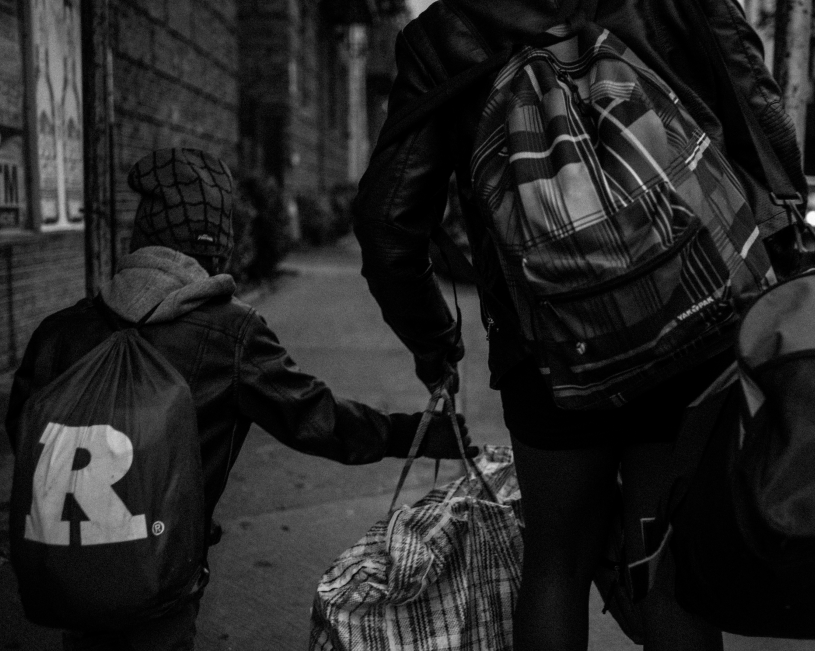REPORT: New york city Homeless shelters are missing opportunities to keep families from breaking apartPresented by the Center for New York City Affairs at The New School, "Adrift in NYC: Family Homelessness and the Struggle to Stay Together" shows the connection between homelessness and family breakup |
NEW YORK, May 16, 2017 – As family homelessness in New York City continues to climb and the City fights to open 90 new shelters, a new report by the Center for New York City Affairs at the New School offers insight into how family shelters are missing opportunities to avert a hidden but common catastrophe of homelessness: families breaking apart. The report, “Adrift in NYC: Family Homelessness and the Struggle to Stay Together,” sheds light on the academic research showing that homelessness and family breakup go hand in hand. Partners separate from partners. Children separate from parents – both through informal arrangements with friends and relatives as well as through mandated foster care placements. And what begins as a temporary arrangement often proves lasting. Family members who do stay together often do so against a relentless backdrop of fear that, having lost their homes, they will next lose one another. In theory, entering a shelter could serve to stabilize a family and stave off the threat of or need for family breakup. But CNYCA found that too often City shelters miss opportunities to do just that. Instead, living in homeless shelters often isolates families from their support networks, subjects them to close scrutiny and surveillance, and intensifies underlying familial problems. Moreover, families in shelters often leave behind known communities and supports for unfamiliar neighborhoods with poor-performing schools and high rates of food insecurity and crime. This further burdens both the families in crisis as well as the struggling communities. Download the full report. Report’s Key Findings Include:
The Child Welfare Watch project is made possible thanks to the generous support of the Child Welfare Fund, the Ira W. DeCamp Foundation and the Sirus Fund. |
|
The Center for New York City Affairs is an applied policy research institute that drives social policy innovation. The Center works where people's lives intersect with government and community agencies to improve their effectiveness in working with low-income urban communities and to illuminate the impact of public policy on the lives of ordinary people. Founded in 1919, The New School was born out of principles of academic freedom, tolerance, and experimentation. Committed to social engagement, The New School today remains in the vanguard of innovation in higher education, with more than 10,000 undergraduate and graduate students challenging the status quo in design and the social sciences, liberal arts, management, the arts, and media. The New School welcomes thousands of adult learners annually for continuing education courses and calendar of lectures, screenings, readings, and concerts. Through its online learning portals, research institutes, and international partnerships, The New School maintains a global presence. |
 |
MARKETING AND COMMUNICATION |
| 79 Fifth Avenue New York, NY 10003 www.newschool.edu |
PRESS RELEASE |
Media Contacts: Scott Gargan, |
|
|
